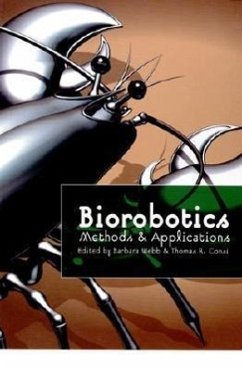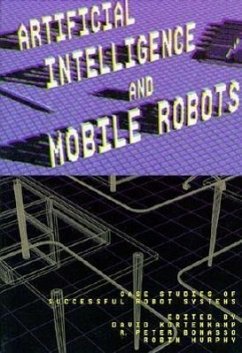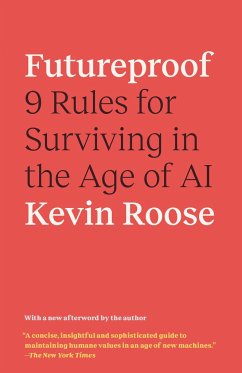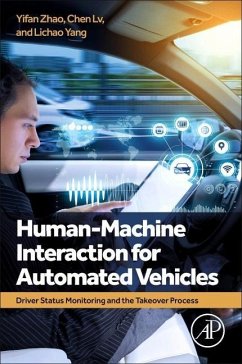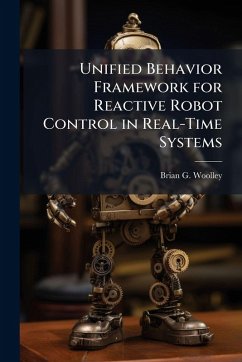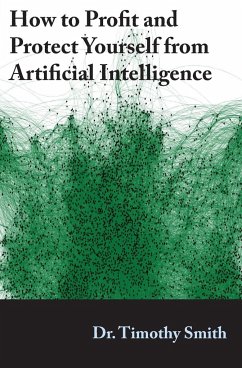Nicht lieferbar
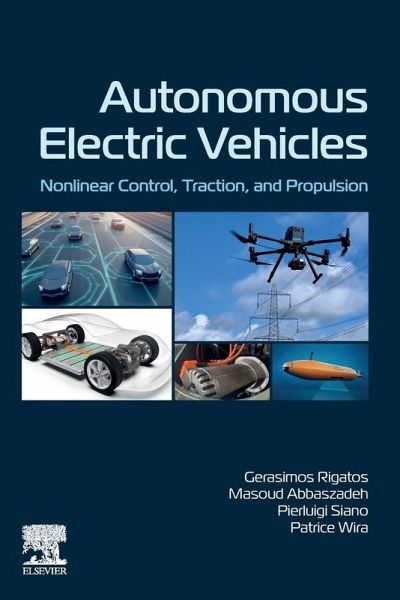
Autonomous Electric Vehicles
Versandkostenfrei!
Nicht lieferbar
Autonomous Electric Vehicles explores cutting-edge technologies revolutionizing transportation and city navigation. Novel solutions to the control problem of the complex nonlinear dynamics of robotized electric vehicles are developed and tested. The new control methods are free of shortcomings met in control schemes which are based on diffeomorphisms and global linearization (complicated changes of state variables, forward and backwards state-space transformations, singularities). It is shown that such methods can be used in the steering and traction system of several types of robotized electr...
Autonomous Electric Vehicles explores cutting-edge technologies revolutionizing transportation and city navigation. Novel solutions to the control problem of the complex nonlinear dynamics of robotized electric vehicles are developed and tested. The new control methods are free of shortcomings met in control schemes which are based on diffeomorphisms and global linearization (complicated changes of state variables, forward and backwards state-space transformations, singularities). It is shown that such methods can be used in the steering and traction system of several types of robotized electric vehicles without needing to transform the state-space model of these systems into equivalent linearized forms. It is also shown that the new control methods can be implemented in a computationally simple manner and are also followed by global stability proofs.






